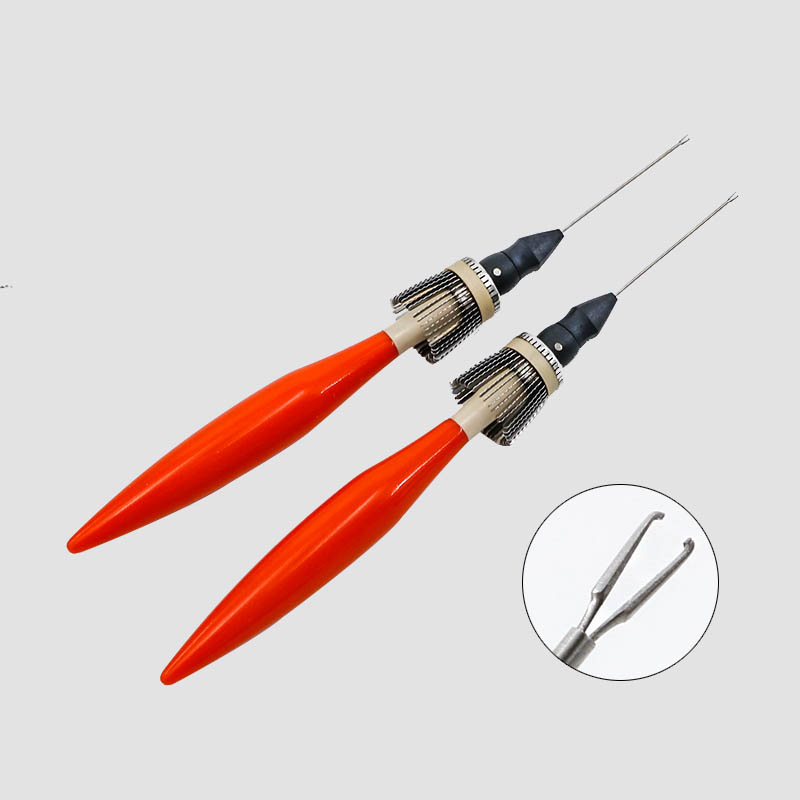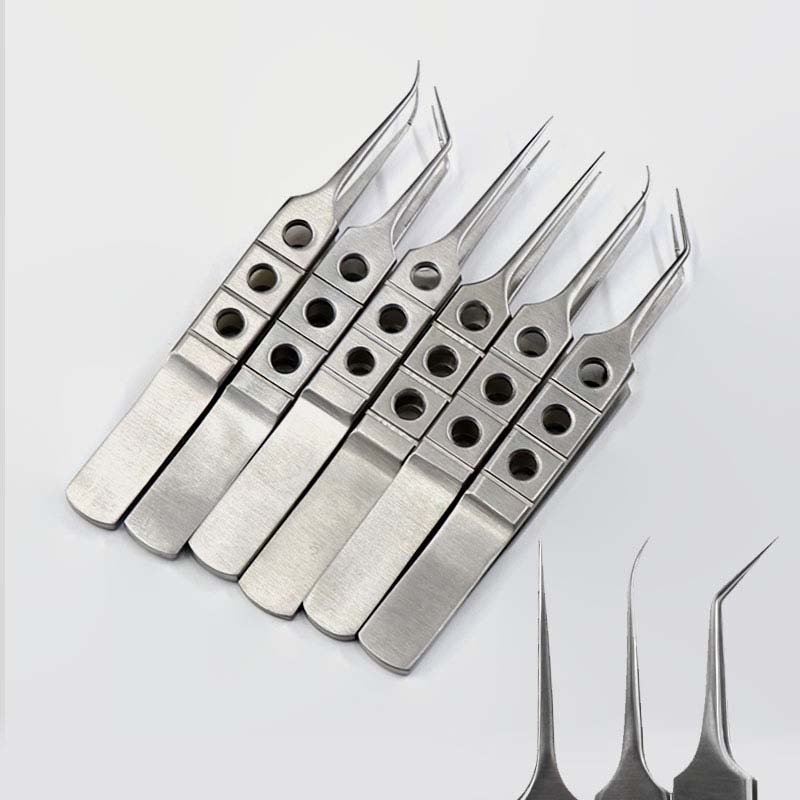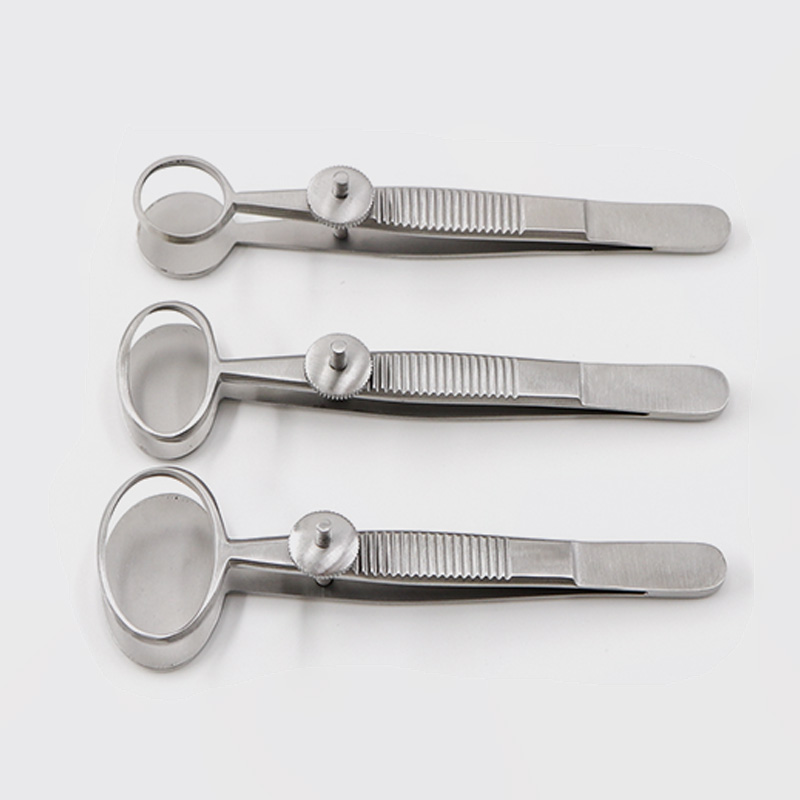Suture removal scissors are a commonly used medical instrument in surgery and belong to a type of surgical scissors. They are mainly used to remove excess threads and stitches when removing stitches and sutures during surgery and can be used to remove stitches that have already been sutured when the patient reaches the suture removal period.
What are Suture Removal Scissors?

The design of suture removal scissors is different from regular surgical scissors. They have short and sharp blades that are angled at the tip for improved precision. The blades may also be curved to allow better access to hard-to-reach areas and to ensure a cleaner cut without damaging the skin.
One of the most important features of suture removal scissors is their ability to snip through sutures effortlessly with minimal discomfort for the patient. This makes them an ideal tool for quick and easy suture removals, reducing the risk of infection or complications associated with prolonged exposure to unhealed wounds.
Another important aspect of these specialized scissors is their construction material. Suture removal scissors are typically made from high-grade stainless steel, which is durable, corrosion-resistant, and easy to sterilize. This ensures that they can withstand repeated use without losing their sharpness or integrity, making them a cost-effective option for medical facilities.
In addition to being used in hospitals and clinics by healthcare professionals, suture removal scissors can also be found in first aid kits and used at home by individuals who have been instructed on how to properly remove sutures by a medical professional.
Understanding of Suture Removal Scissors
One of the key features that distinguish suture removal scissors from other types of surgical scissors is their small size and delicate tips. Most suture removal scissors have narrow shanks with curved or pointed tips to reach difficult areas on the body. This enables healthcare professionals, such as doctors, nurses, and surgeons, to accurately access and snip off sutures close to the skin’s surface without damaging delicate tissues.
One of the key features that distinguish suture removal scissors from other types of surgical scissors is their small size and delicate tips. Most suture removal scissors have narrow shanks with curved or pointed tips to reach difficult areas on the body. This enables healthcare professionals, such as doctors, nurses, and surgeons, to accurately access and snip off sutures close to the skin’s surface without damaging delicate tissues.
Another critical aspect of suture removal scissors is their sharpness. The blades are honed at an angle that guarantees a clean cut through all types of sutures, including synthetic materials like nylon or silk threads. The sharp edges enable swift and effortless cutting motions, reducing discomfort for patients during the procedure.
The handle design of suture removal scissors is also a crucial consideration. These scissors often feature larger finger holes than other surgical scissors, which ensures a comfortable grip and more prominent control over the cutting action. This unique design helps minimize hand fatigue for medical professionals who may perform multiple suture removal procedures in a day.
It is important to note that not all suture removal scissors are created equal. There are numerous options available in terms of blade shape (straight vs curved), tip type (blunt vs pointed), handle style (ring handles vs flat handles), and overall quality (stainless steel vs titanium). While it ultimately boils down to personal preference and comfort for each user, it is essential to select high-quality stainless steel instruments with proper maintenance techniques for longer-lasting results.
Additionally, regular sharpening is necessary to maintain the precision and functionality of these specialized tools. Dull blades can make it challenging to remove sutures effectively and extend the procedure time, leading to patient discomfort and increased risk of infection. Therefore, it is vital to include proper sharpening and maintenance of suture removal scissors in a medical facility’s protocols.
Understanding the role and importance of suture removal scissors in healthcare settings is crucial for medical professionals. These specialized tools are designed with precision and sharpness to ensure safe, efficient, and comfortable removal of sutures after surgery. With proper care and maintenance, suture removal scissors can be reliable instruments that aid in effective wound healing for patients.
Usage of Suture Removal Scissors
The primary function of suture removal scissors is to gently cut the knots and ties that hold a suture in place without causing any damage to the surrounding skin tissue. The blades are designed with a straight or curved edge, depending on their intended use, and they are typically made from high-quality stainless steel for maximum durability.
When a patient reaches the suture removal period, it is crucial to use suture removal scissors rather than regular scissors or blades. Regular scissors may not be sharp enough to make clean cuts, resulting in jagged edges that can cause discomfort or even lead to infection. Suture removal scissors, on the other hand, have small and pointed tips that can easily slide under sutures and cut them without damaging the skin.
Suture removal scissors are an integral tool in any medical setting for the safe and efficient removal of sutures. With proper disinfection techniques and correct usage, they aid in providing optimal patient care and minimizing the risk of complications. Always consult with a healthcare professional if there are any concerns or questions regarding suture removal
Types of Surgical Scissors
(1) Surgical scissors: They are used for cutting dressings, human epidermal tissue, or soft tissue.
(2) Tissue scissors: They are used for cutting tissue.
(3) Comprehensive scissors: They are used for cutting soft tissue.
(4) Fine scissors: They are used for cutting blood vessels, mucosa, or free tissue.
(5) Dissecting scissors: They are used for dissecting tissues.
(6) Suture removal scissors: They are used for cutting and removing sutures, according to the shape of the structure of the removable scissors are divided into two kinds of rounded straight and rounded side curved.
(7) Angular bandage scissors: They are used for surgical cutting of gauze bandages and plaster pads.
(8) Meningeal nerve scissors: They are used for brain surgery to scrape away diseased bone and necrotic tissue.
(9) Microscopic scissors: They are used for microsurgery, fine trimming of blood vessels, nerve tissue or separation of tissue gap.
(10) Ophthalmic scissors: Ophthalmic scissors, also known as ophthalmic surgical scissors, are used to cut the soft tissue of the eye with the instrument.
(11) Right-angle scissors: They are used for biliary surgery, cutting the bile duct and gallbladder tissue.
Notes on Suture Removal Scissors
When using suture removal scissors, proper technique is crucial to avoid any potential harm or complications. It is important to first clean the area around the wound thoroughly before beginning suture removal. Once ready, gently lift up on one side of the knot using sterile tweezers or forceps while snipping close to where it meets with the skin using the proper scissor angle.
It is recommended to hold the handle end of the scissor closer to your palm rather than further down towards your fingertips when making cuts as this can allow for better control over pressure and movement. Additionally, always make sure that both blades remain closed when not in use to prevent accidental poking or injury.
After removing all visible sutures, inspecting each site carefully ensures no fragments remaining along with properly cleaning afterward promotes faster healing. If any sutures are still stuck, avoid trying to pull them out forcefully as this can cause further damage. Instead, continue to gently snip closer and try again until they release without tension.
Using the right type of suture removal scissors along with the proper technique is crucial for efficient and safe suture removal. It is also important to properly clean and disinfect the scissors before and after each use to prevent any possible infection or complications. Therefore, it is essential for healthcare professionals to have a thorough understanding of suture removal scissors to provide optimal care for their patients’ wounds.
Because the suture removal scissors have an opening in the head, they are generally only used to perform surgical suture removal and sutures are not used to cut excess tissue, and are occasionally used to cut dressings and drains.
Precautions for Use Suture Removal Scissors
(1) Surgical instruments should be avoided as much as possible from external impacts, such as throwing, dropping, and mutual collision.
(2) Prevent the chrome plating layer or passivation film damage and reduce the corrosion resistance.
(3) Appropriate instruments and specifications should be selected according to the needs of surgery to achieve the desired effect of use.
- Any piece of surgical instrument has its specific use and use range, not allowed for other use or alternative use, otherwise it may cause damage to the instrument.
Routine Maintenance and Repair for Suture Removal Scissors
(1) The cycle of surgical instruments: use → classification → cleaning and disinfection → maintenance → packing → sterilization → storage → supply and distribution.
(2) Surgical instruments must be sterilized and cleaned in time after use.
(3) Collision and impact should be prevented during the sterilization process. Impact may cause damage to fine instruments and instruments with edges, and reduce the corrosion resistance of the instruments.
(4) When cleaning manually, use soft linen, plastic brushes, cleaning guns, compressed air guns, etc., and do not use metal brushes or medium cleaning reagents to prevent damage to the instruments.
Applications of Suture Removal Scissors
Suture removal scissors are a crucial tool in any medical setting, whether it be a hospital, clinic, or doctor’s office. These specialized scissors are designed specifically for the purpose of removing sutures or stitches from a patient’s skin after a surgical procedure or wound closure.
One of the primary applications of suture removal scissors is in wound care. After a surgical or medical procedure, sutures are used to close the incision and promote healing. However, once the wound has healed sufficiently, the sutures need to be removed in order to prevent infection and promote proper healing. Suture removal scissors allow healthcare professionals to delicately cut through the suture material without causing further damage or discomfort to the patient.
In addition to wound care, suture removal scissors also have various other applications in dermatology and aesthetic medicine. In these fields, sutures may be used for procedures such as thread lifting or skin rejuvenation treatments. Suture removal scissors are essential in these procedures as they allow for a clean and precise cutting of the threads without leaving behind any remnants that could cause irritation or inflammation.
Another use for suture removal scissors is in dental surgeries. Dental sutures are commonly used after procedures such as tooth extractions or gum surgeries. The delicate nature of these procedures requires specialized tools like suture removal scissors to ensure that all stitches are removed carefully without causing damage to the surrounding tissue.
Apart from medical settings, there are also various uses for suture removal scissors in non-medical environments such as tattoo parlors and body modification studios where stitches may be necessary after certain procedures.
In veterinary medicine, suture removal scissors play an equally important role. Pets often require sutures after surgeries or injuries, which need to be carefully removed during follow-up appointments using specialized instruments like suture removal scissors.
It is clear that the applications of suture removal scissors extend beyond just one field of medicine. They serve a critical purpose in ensuring proper wound care and facilitating the healing process in various settings, from human healthcare to animal care. With their precise cutting abilities and specialized design, suture removal scissors are essential tools for any healthcare professional or individual performing minor procedures involving sutures.

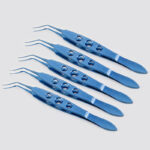 Capsulorhexis Forceps
Capsulorhexis Forceps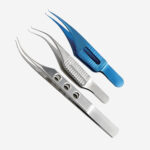 Suture Forceps
Suture Forceps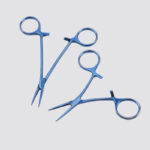 Hemostatic Forceps
Hemostatic Forceps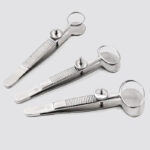 Chalazion Forceps
Chalazion Forceps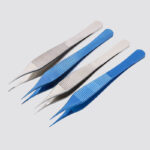 Adson Forceps
Adson Forceps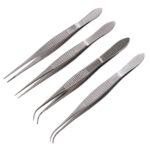 Tissue Forceps
Tissue Forceps



